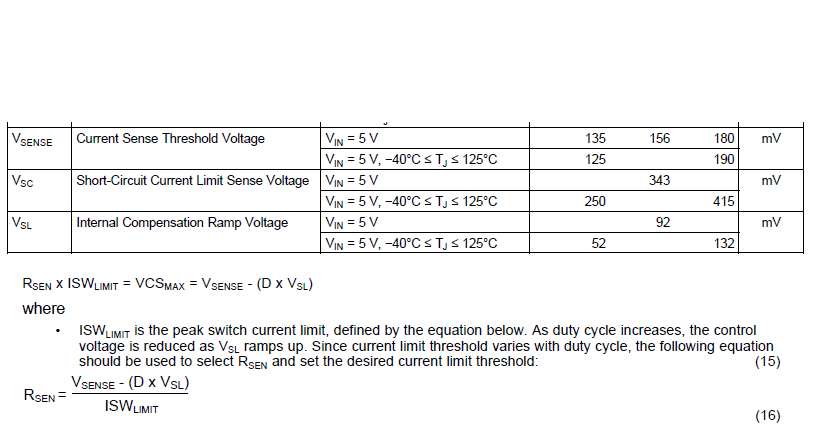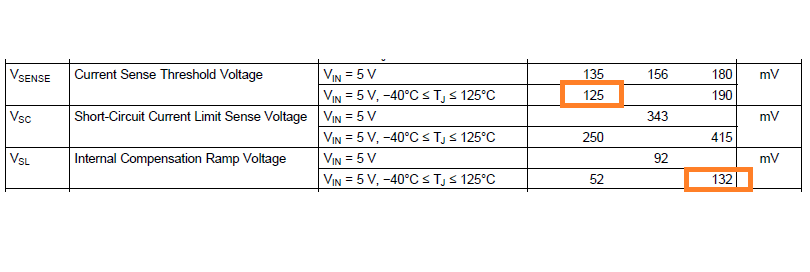Other Parts Discussed in Thread: LM51551, LM5155
Dear, Sir.
My customer is designing Flyback using LM3488.
I would like to make sure following. Please give your advice.
1. Figure 24 shows the relation between Rsl value & Vsl voltage.
The other side Vsl volatge is defined 52 to 132mV on the datasheet.
iF Rsl = 0 ohm, 52 to 132mV will be maintained?
Or any protection will be activated?
2. I wonder Vsl setting will affect to Vsc(short-circuit CL) voltage?
Best Regards,
H. Sakai




